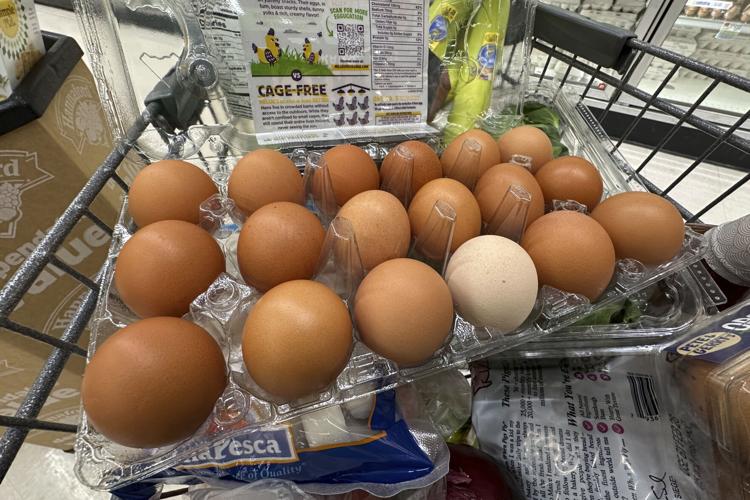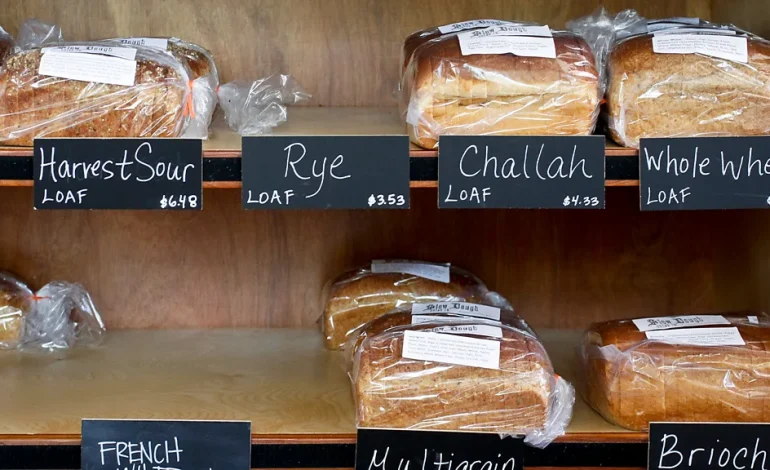Bread is a staple in many diets around the world, and supermarkets today offer a wide variety of choices, BBC reports.
But behind the convenience lies a more complex question: how do different types of bread impact our health?
From traditional sourdough to mass-produced white sliced loaves, the bread we eat varies not only in taste and texture, but also in nutritional value. Here’s what to consider when choosing the best bread for your health and lifestyle.
Many people turned to sourdough during the Covid-19 lockdown, drawn by its rustic appeal and perceived health benefits. Made from just flour, water, salt, and a live starter culture, sourdough undergoes a slow fermentation process. This helps break down gluten and complex sugars, making it easier to digest and potentially beneficial for gut health.
Studies suggest that sourdough can keep you feeling full for longer, thanks to its fibre content and the effects of fermentation on blood sugar response. However, making it at home is time-consuming, and store-bought artisan loaves can be expensive.
By contrast, most supermarket loaves — especially white sliced bread — are made using the Chorleywood Bread Process, developed in the 1950s to make bread production faster and more economical. This method involves mixing dough at high speeds with additives such as emulsifiers, preservatives, and additional yeast. While efficient, it results in bread that is classified as ultra-processed food (UPF).
Ultra-processed foods have been linked to a range of health concerns, including higher risk of heart disease and obesity. One study estimates that more than half the calories consumed in the UK come from UPFs.
While not all supermarket bread is unhealthy, ingredient labels are worth examining. Nutrition experts suggest avoiding loaves with long ingredient lists or unfamiliar additives.
Wholegrain bread offers a middle ground between convenience and nutrition. Unlike white bread made from refined flour, wholegrain retains all parts of the wheat kernel — the bran, germ, and endosperm — providing fibre, vitamins, minerals, and healthy fats.
Eating wholegrain bread is associated with lower risks of heart disease, improved digestion, and better weight management. However, not all brown or seeded breads are made from wholegrain flour, so it’s important to check labels carefully.
White bread remains popular despite its lower nutritional profile. To bridge the gap, researchers are developing nutrient-enriched white breads that look and taste like traditional loaves but offer the benefits of wholegrains.
By blending traditional flour with ingredients like chickpeas, millet, and quinoa, these experimental breads aim to boost fibre and micronutrient content. Though promising, they’re not yet widely available.
Ultimately, the “best” bread depends on individual preferences, budgets, and dietary needs. Homemade sourdough may be ideal for some, while others may prefer a wholegrain supermarket loaf for convenience. Where possible, choosing bread with fewer additives and more whole ingredients is a good rule of thumb.
If you do enjoy white bread, consider supplementing your diet with wholegrains from other sources — such as brown rice, oats, or wholewheat pasta.










The latest news in your social feeds
Subscribe to our social media platforms to stay tuned